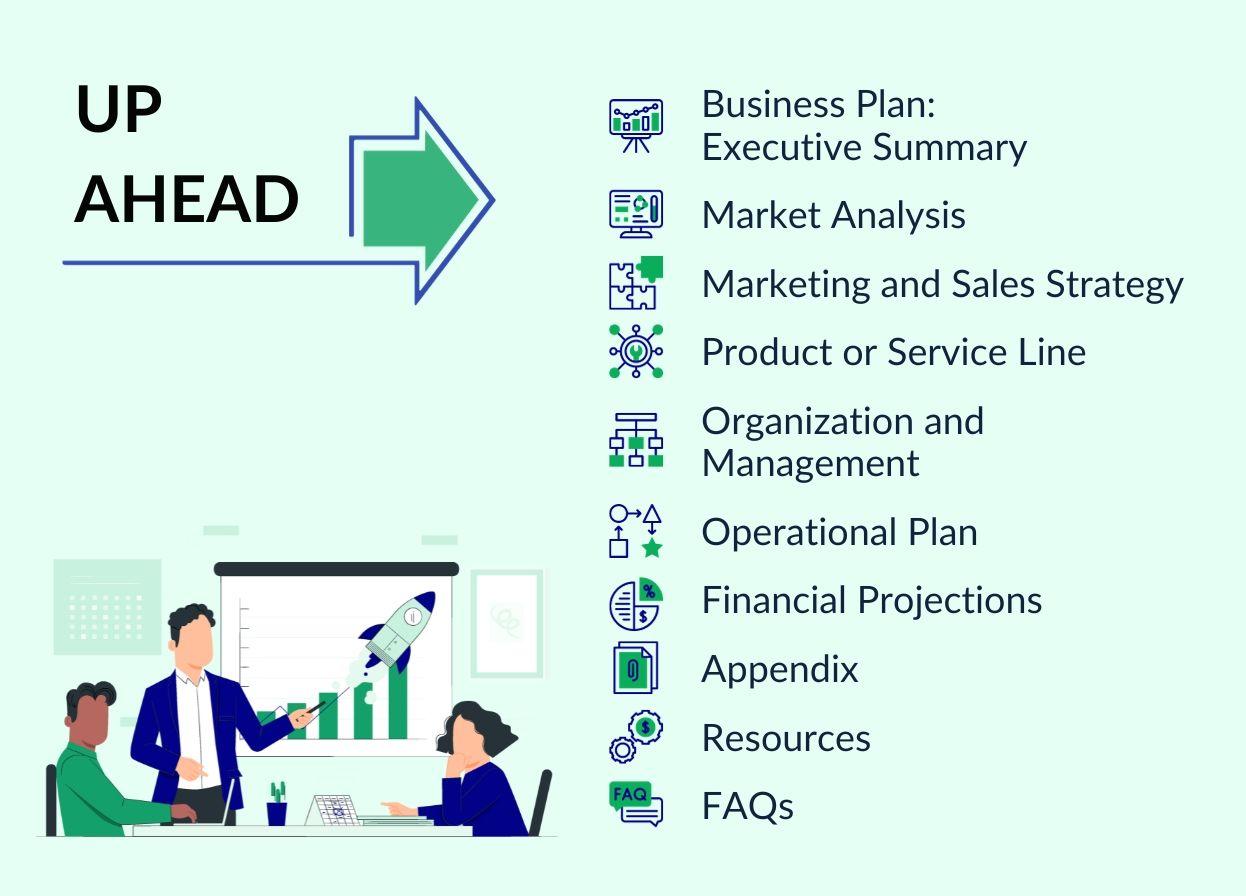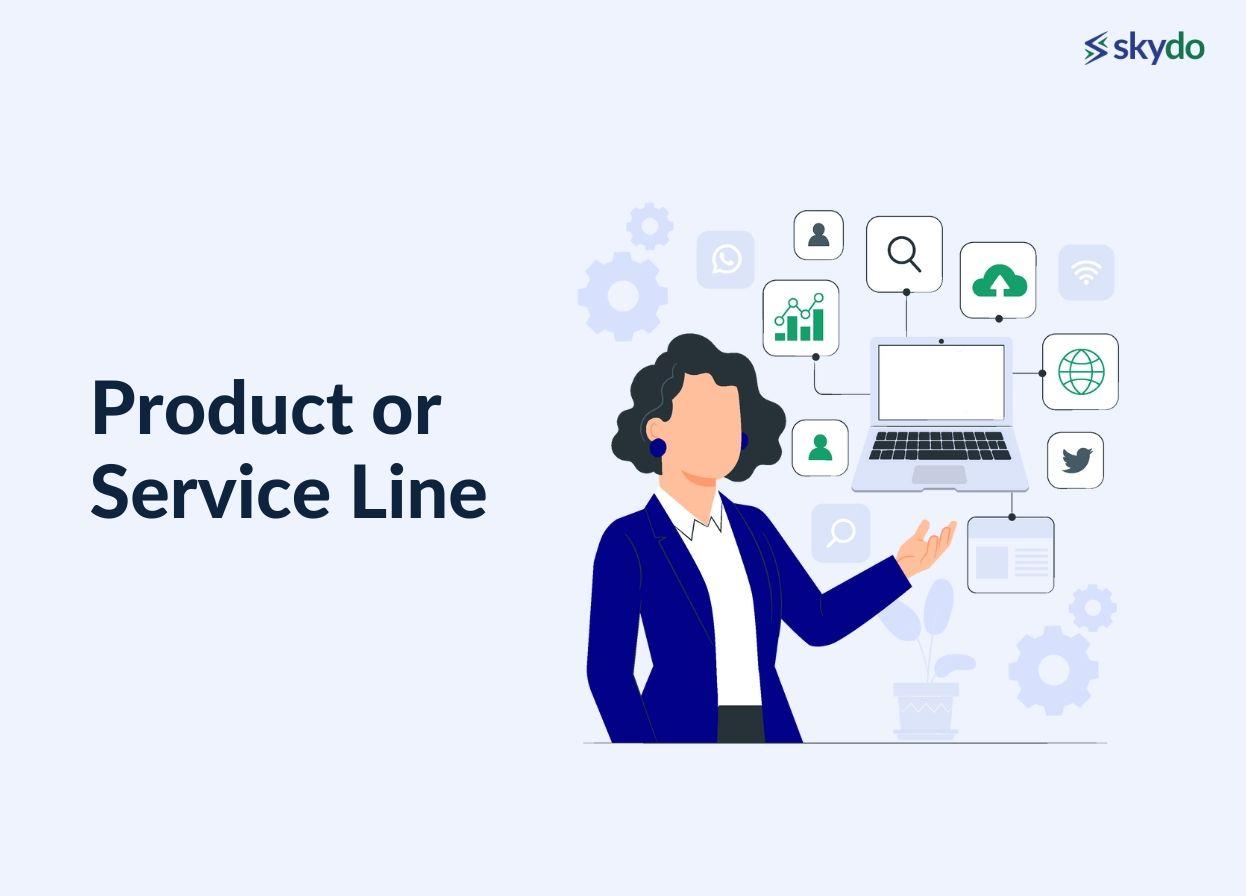Creating a Business Plan for Your Sole Proprietorship


You have a brilliant business idea that's ready to take flight. But as a sole proprietor, you face unique challenges when it comes to business planning. It's not about following a cookie-cutter template; it's about finding a solution that fits your needs. You're not working with a team of experts; you are the expert.
We shall speak about various aspects of product-market fit, operations, finance, operations, and many other details that must be documented. Here are a few things to remember while crafting a business plan for sole proprietorship.
Collectively, these will be the foundation and vision documents to run the business. You can use it to raise funds or pitch to potential business partnerships.
Let’s evaluate the importance and contents of each section.
Business Plan: Executive Summary
The first and foremost step for creating a sole proprietorship business plan is to list down every aspect of the business to create a blueprint. It must include the executive summary of the business from the first step to the last, which you can use as a checklist to start successful operations.
An executive summary of the business includes a brief overview of your business idea, including its name, location, and your products or services. It’ll also have details about your target customers, unique value propositions, and financial projections. Furthermore, the summary must also include the desired online and offline marketing and promotion channels. You can also include the required capital needs and the channels for raising the required capital.
Market Analysis

Once you have created the executive business summary, the next step is to execute extensive market research to ensure your business’s presence is noted and successful. It is more than likely for the current market to have operational businesses like yours already, which may offer you crucial data on market trends. You can analyze your direct competitors, understand how they market and promote their business, and set a demographic for your target customers.
Once you have identified your target customers and demographics, you can create multiple sub-business plans to communicate how your products and service offerings will fulfill their needs. Furthermore, you can execute a SWOT analysis to assess your business's strengths, weaknesses, opportunities, and threats.
Marketing and Sales Strategy
Creating a business plan and streamlining the products or services are vital steps in creating a business plan but must be followed by a comprehensive marketing and sales strategy. A marketing plan includes strategies to create an extensive online and offline business presence. Outline your marketing plan, including your brand, pricing strategy, and promotional efforts, with the overall budget you have in mind for marketing.
Once you have the marketing plan and goals listed, follow them with comprehensive sales strategies. Analyze the sales target by listing the number of products or services you want to sell in a specific period. Furthermore, include information about the sales channels and the pricing policy, which will help you streamline your profit margin in every sale.
Product or Service Line

Your business will be as successful as the quality of products or services you offer to the customers. The products and services must align with the chosen demographic and should fulfill their needs. However, it is equally important to communicate relevant information about the features, benefits, and pricing of the products or services to the customers. The information should also include your product/service life cycle and any future development or expansion plans.
The product or service line you have created must be flexible enough to incorporate customer feedback or change to fit the dynamic market demand better. For example, suppose more customers are seeking to buy the category of products or services you offer online. In that case, your product or service line must follow a process to enlist them online and execute the sales.
Organization and Management
In a sole proprietorship, you will be the sole owner and have full control over all the aspects of the business. However, with numerous steps in turning your business idea into an operational business, your business plan must have ideal strategies for organizing and managing all the activities from start to finish. For example, if you need raw materials daily, streamline the supply chain and the cost price range for the raw materials.
Depending on the nature of the business, you may find the management overwhelming for a single individual. Sole proprietorships include the management of various aspects such as accounting, taxation, bookkeeping, payments, etc. Hence, you must analyze your skills and seek the assistance of experts for better management. The business plan should include information about the experts.
Operational Plan
Day-to-day operations are crucial for a sole proprietorship business to fulfill customer orders promptly and create goodwill. The operational plan must include factors related to your business’s day-to-day operations to ensure that the business runs smoothly. The plan must include the operational location, the facilities to manufacture/store products or services, and the required equipment.
Furthermore, your business may need raw materials (and their suppliers). The operational plan must include information about the suppliers to outline your production or service delivery process. The operational business plan must provide details if you want to hire other employees to help in the operations.
Financial Projections

Finance is a vital aspect of a business. It includes effectively recording all transactions in applicable ledgers such as balance sheets, profit and loss accounts, cash flow statements, etc. Furthermore, the financial aspect of the sole proprietorship also includes creating financial projections related to monthly, quarterly, and annual sales and revenue.
Furthermore, you should detail your revenue and profit goals and outline your pricing strategy. Don’t forget to estimate expenditures, revenues, and profit targets for specific sales.
The general practice is to create projections for three scenarios, bad, good, and best, to be prepared irrespective of how market conditions change. If you’re making certain assumptions like cost of capital, growth rate, etc, please note them, too.
Appendix
The appendix in a business plan is a specialized section that includes anything that the sole proprietor feels must be additionally included. These may include any registration, legal, regulatory, and compliance documents. Furthermore, you may also include the resumes of all the applicants for employees you want to hire to analyze them at a specific time in the future and hire the ideal ones.
Resources
India has various Small Business Development Centers offering aspiring entrepreneurs guidance and resources. These centers often provide templates and workshops for creating business plans. You can also visit the websites of the Micro, Small, and Medium Enterprises (MSME) to get real-time updates about the regulatory and administrative compliance for sole proprietorships. Various online platforms, such as Skydo or MyonlineCA, offer business plan templates tailored to the Indian market. You can consult their expert CAs to understand everything about a sole proprietorship business and to create an ideal business plan detailing all the business growth opportunities.
Conclusion
Creating a business plan for your sole proprietorship is crucial in setting clear objectives, strategies, and expectations for your venture. While sole proprietorships are relatively simple, a well-thought-out business plan can help you clarify your vision, secure funding (if needed), and guide your business toward success.
Remember that a business plan should be tailored to your business idea, goals, and growth opportunities. While these resources can provide valuable guidance, it's important to customize your plan based on your unique circumstances and market research. Additionally, regularly update your business plan to reflect business and market conditions changes.
FAQs
Q1. How can a sole proprietor ensure the quality and adaptability of their product or service line?
Ans: Communicate essential details about features, benefits, pricing, and product/service life cycle. Stay flexible and responsive to market demands and customer feedback.
Q2. What role does the marketing and sales strategy play in a sole proprietorship business plan, and what key components should be outlined?
Ans: The marketing and sales strategy is vital for creating a strong online and offline business presence. This plan should include details on branding, pricing strategy, promotional efforts, and the overall marketing budget. Additionally, the sales strategy should outline sales targets, channels, and pricing policies to ensure profitability. Together, they form a comprehensive approach to promoting and selling products or services.












